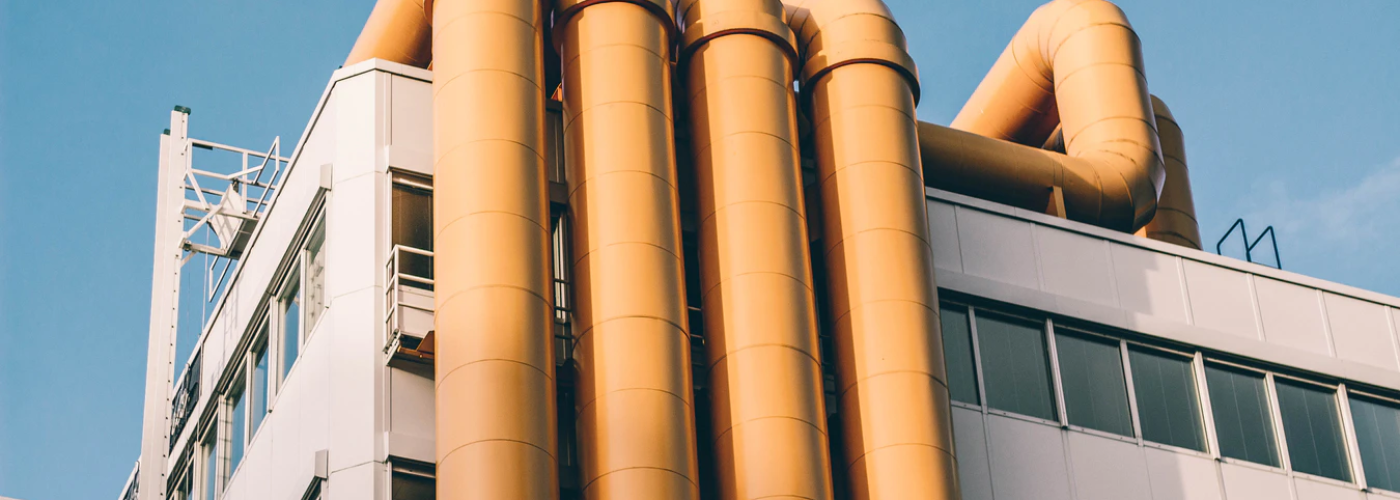Setting up a dust collector in your factory comprises the desire to keep workers, equipment, and the working areas safe from dust. This installation, however, often undergoes a grudge purchase scenario.
The initial thought may be to choose the cheapest dust collector. But, you need to keep in mind that a dust collector’s key purpose is to keep the working environment safe, so corners should not be cut.
According to Baghouse America, a leader in the environmental industry for developing, licensing, and deploying air filtration systems, the cost of the unit and accessories should not interfere with the safety dust collectors are intended to produce.
That said, the following tips will help make your dust collector the safest out there, ensuring the job is done effectively.
Even the best dust collector systems need to be well maintained so that they will last longer and serve their purpose better, Read on to know more on how to maintain your dust collector system and to make sure that everyone is safe around it.
Equip With Deflagration Protection
Does your dust collector handle combustible dust? If so, consider equipping it with proper deflagration protection.
There are several different forms of passive deflagration/explosion protection out there. However, explosion vents tend to be the most common and cost-efficient method.
Typically, an explosion vent opens once a specific amount of pressure builds up within the collector, allowing the flame front and excess pressure to exit to a secure area. Explosion vents are built to prevent your dust collector from blowing up during a deflagration, thereby diminishing the hazard. Also, they help minimize damage to the dust collector itself.
The Protection for the Ductwork
The National Association for Fire Protection (NFPA) overlooks ductwork protection and the dust collector’s upstream safety procedures. The ducting must be equipped with a valve comprising flow-activated isolation that preserves the downstream workspaces and operations from that of the spreading of pressure and flames via the inlet duct as deflagration occurs in the dust collector.
After that, the pressure wave will close the valve through the deflagration of the dust collector, preventing the spread of smoke and flames to parts upstream of the valve. Note that the valve is closed and should be opened manually. Once enabled, the valve parts could be compromised and a comprehensive inspection is needed before it is returned back to regular service.
Do Not Use the Hoppers to Collect Dust
This is a common mistake people make, especially those new in manufacturing. You shouldn’t use hoppers to store dust.
Keep in mind that the hopper’s key purpose is to funnel processed dust toward the storage bins. As it so happens, the dust that’s about to fill up the hopper will most likely create some potential deflagration or fire risks.
Another important factor to note is that the dust in the hopper may further decrease the dust collector’s performance via blocking the system and pulse-cleaning from performing the task it was designed to. Self-dumping hoppers are an easy dust disposal system while still protecting against dust leaks among the hoppers and the collector.
Prevent fire
Some applications are able to generate a spark and can cause fires. This must be taken care of quickly and effectively.
The market offers plenty of technologies and features to choose from. For example, there are flame-retardant filter media and spark arrestors in the form of drop-out boxes, cyclone devices mounted at the collectors’ inlets, perforated screens, etc. Even fire sprinkler installations require some implementations.
You can also install cartridges vertically mounted to help limit fire and deflagration by reducing the heavier loads of dust on the attached filters. Inversely, particularly with mounted systems arranged horizontally, the dust may get trapped at the filters. In situations like these, the filter life may be shortened, thereby allowing for the dirty surface to spark/ignite and raise the working pressure drop of the filter elements.
Create a Maintenance Program
Industrial dust collectors have enabled businesses to efficiently capture airborne particles that help provide a clean and healthy work environment.
To make sure an industrial dust collector is working as it should be, periodic inspections in conjunction with a maintenance program will come in handy in terms of keeping the dust collector functioning properly, at a higher level.
Scheduled inspections on an annual, semi-annual, monthly, weekly or even daily level will keep your industrial dust collector working effectively and keep the maintenance expenses down. Remember, failing to regularly check and maintain your dust collector will hurt its performance.
Continued neglect may lead to your dust collector not following EPA outlet emissions standards.
Incorporate Safety Accessories
Major concerns like what type of dust collector you should use and how to maintain it must take precedence, but when you’ve actually addressed such concerns, there are several other ways to make your dust collector safer.
Safety accessories can be an excellent way to do this. Turns out they are not simply a great idea— in some situations, safety accessories are an absolute must to ensure the workers’ safety.





